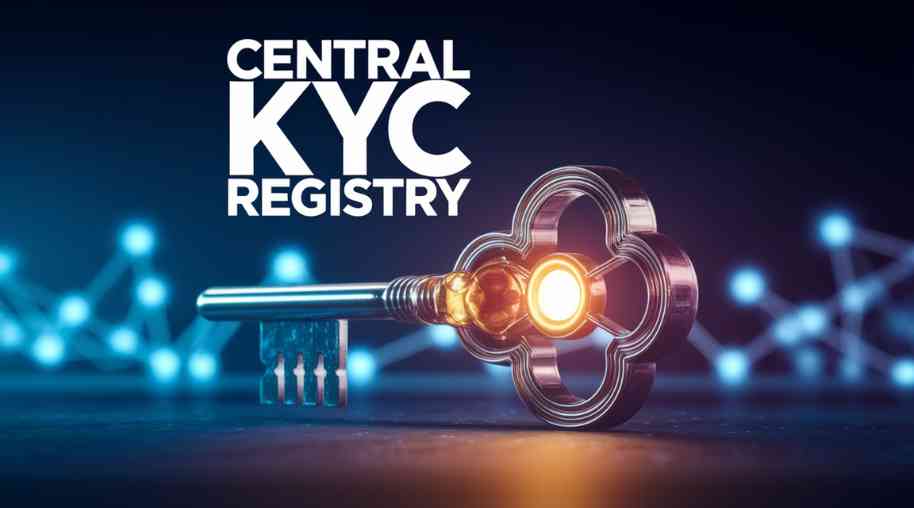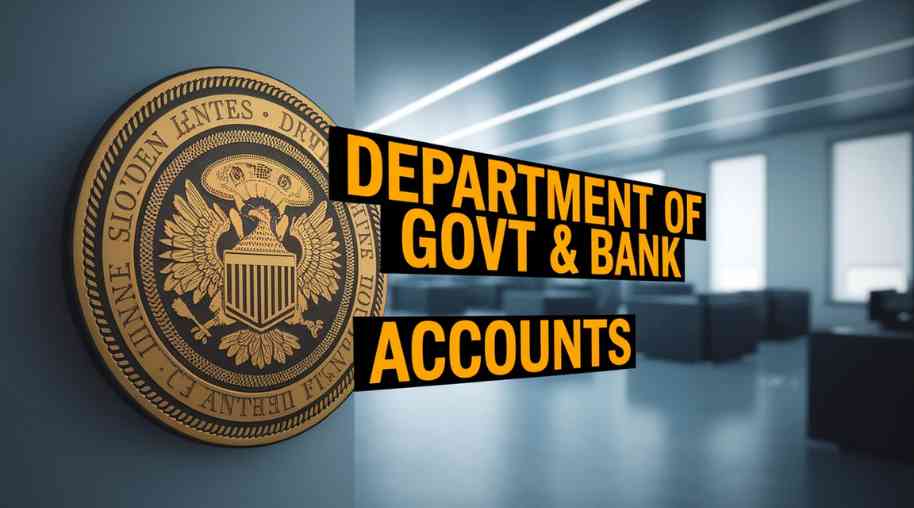FTP Full Form-Financial Transaction Plan
by Shashi Gaherwar
0 1999
Introduction
A Financial Transaction Plan (FTP) is a strategic framework used by businesses and individuals to manage and monitor financial transactions efficiently. It ensures smooth cash flow, prevents financial fraud, and enhances financial security. This plan is crucial in financial planning by outlining processes for payments, receiving funds, and maintaining records. This article explores the key components, importance, and benefits of implementing a robust FTP in personal and business finance.

What is a Financial Transaction Plan?
A Financial Transaction Plan (FTP) is a structured approach to managing financial transactions, ensuring they are executed accurately, securely, and in compliance with regulations. It includes guidelines for handling payments, receipts, record-keeping, and fraud prevention. An FTP is essential for businesses, financial institutions, and individuals seeking financial discipline.
Key Components of a Financial Transaction Plan
- Transaction Management and Monitoring: Ensures all transactions are recorded, categorized, and monitored in real-time to track income and expenses effectively.
- Cash Flow Optimization: Provides strategies to optimize cash inflow and outflow, maintaining sufficient liquidity.
- Risk Management and Fraud Prevention: Incorporates security protocols and monitoring systems to detect fraudulent transactions and unauthorized access.
- Compliance with Financial Regulations: Ensures all financial dealings adhere to legal standards and industry guidelines.
- Budgeting and Expense Management: Facilitates setting budgets, controlling expenditures, and planning for future financial needs.
Importance of a Financial Transaction Plan
- Enhances Financial Transparency: Maintains clear records to ensure transparency and prevent discrepancies.
- Prevents Financial Fraud: Incorporates security checks and monitors unusual transactions to prevent fraud.
- Ensures Smooth Cash Flow: Manages receivables and payables to maintain sufficient liquidity for operational needs.
- Improves Decision-Making: Provides insights into spending patterns for informed financial decisions and investments.
- Reduces Financial Risks: Minimizes risks from poor cash management, fraud, or financial downturns.
How to Develop a Financial Transaction Plan
- Define Financial Goals: Establish objectives like increasing savings, reducing costs, or improving revenue streams.
- Implement Robust Financial Systems: Use financial management software and digital transaction platforms to streamline processing and monitoring.
- Establish Security Protocols: Implement multi-factor authentication, encrypted transactions, and fraud detection tools.
- Maintain Accurate Financial Records: Keep detailed records for transparency and auditing compliance.
- Regularly Review and Update the Plan: Periodically update the FTP to align with evolving financial goals.
Challenges in Implementing a Financial Transaction Plan
- Technological Barriers: Limited access to advanced financial management tools for some businesses.
- Regulatory Complexity: Compliance with financial laws and tax regulations can be challenging.
- Cybersecurity Threats: Digital transactions are vulnerable to hacking and fraud.
- Resistance to Change: Employees or management may resist adopting new financial systems.
Future Trends in Financial Transaction Planning
- Integration of Artificial Intelligence (AI): Enhances transaction monitoring and fraud detection with AI-powered tools.
- Blockchain Technology: Facilitates secure and transparent transactions.
- Automation in Financial Management: Streamlines invoicing and payment processing with automation.
- Increased Focus on Cybersecurity: Investments in advanced security protocols to protect transactions.
A Financial Transaction Plan is vital for effective financial management. It ensures financial stability, enhances security, and supports long-term financial growth for businesses and individuals. Staying updated with evolving financial technologies and regulatory requirements is crucial for successful transaction planning.
Further Learning Resources
If you’re passionate about building a successful blogging website, check out this helpful guide at Coding Tag – How to Start a Successful Blog. It offers practical steps and expert tips to kickstart your blogging journey!
For dedicated UPSC exam preparation, we highly recommend visiting www.iasmania.com. It offers well-structured resources, current affairs, and subject-wise notes tailored specifically for aspirants. Start your journey today!

Share:








Comments
Waiting for your comments